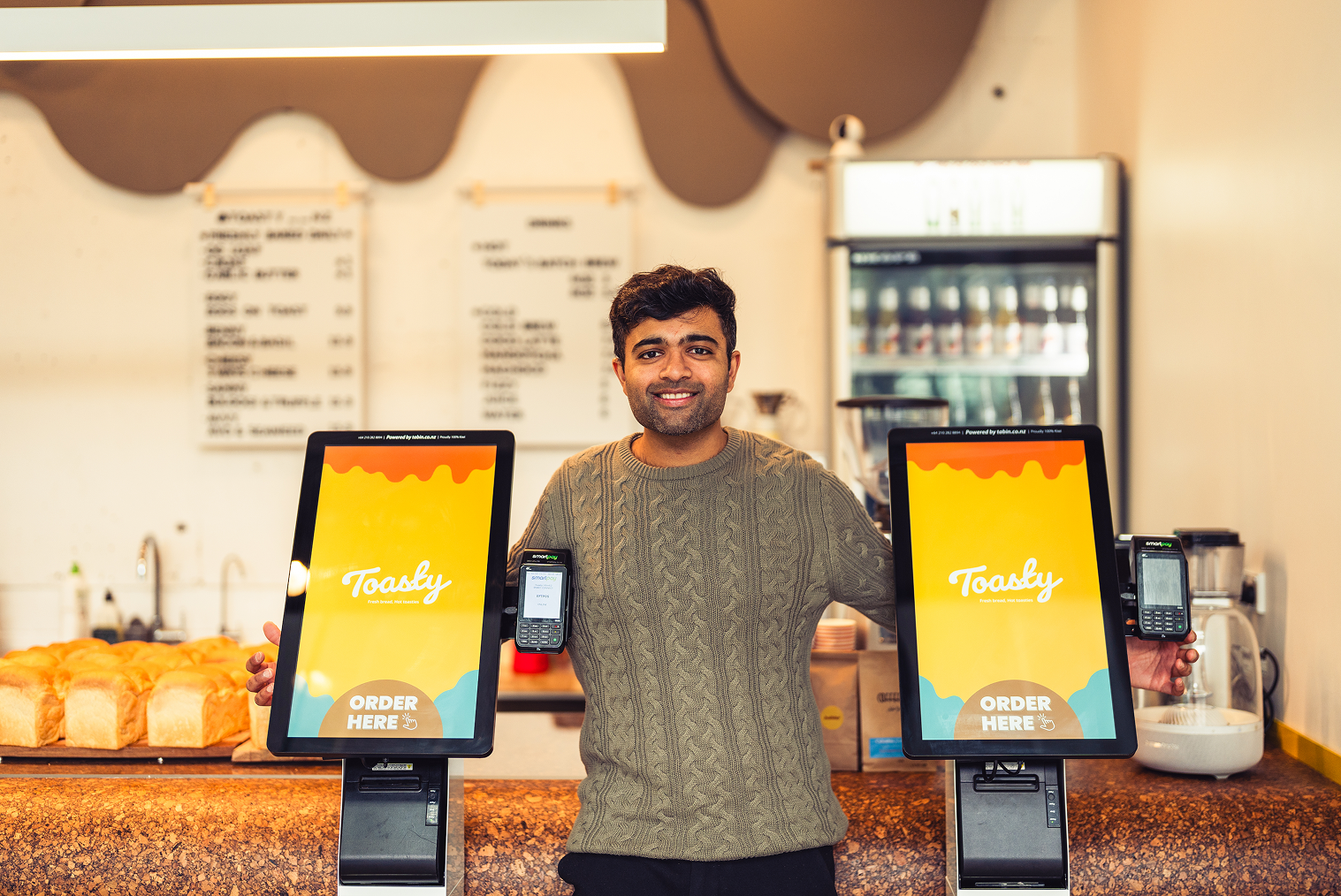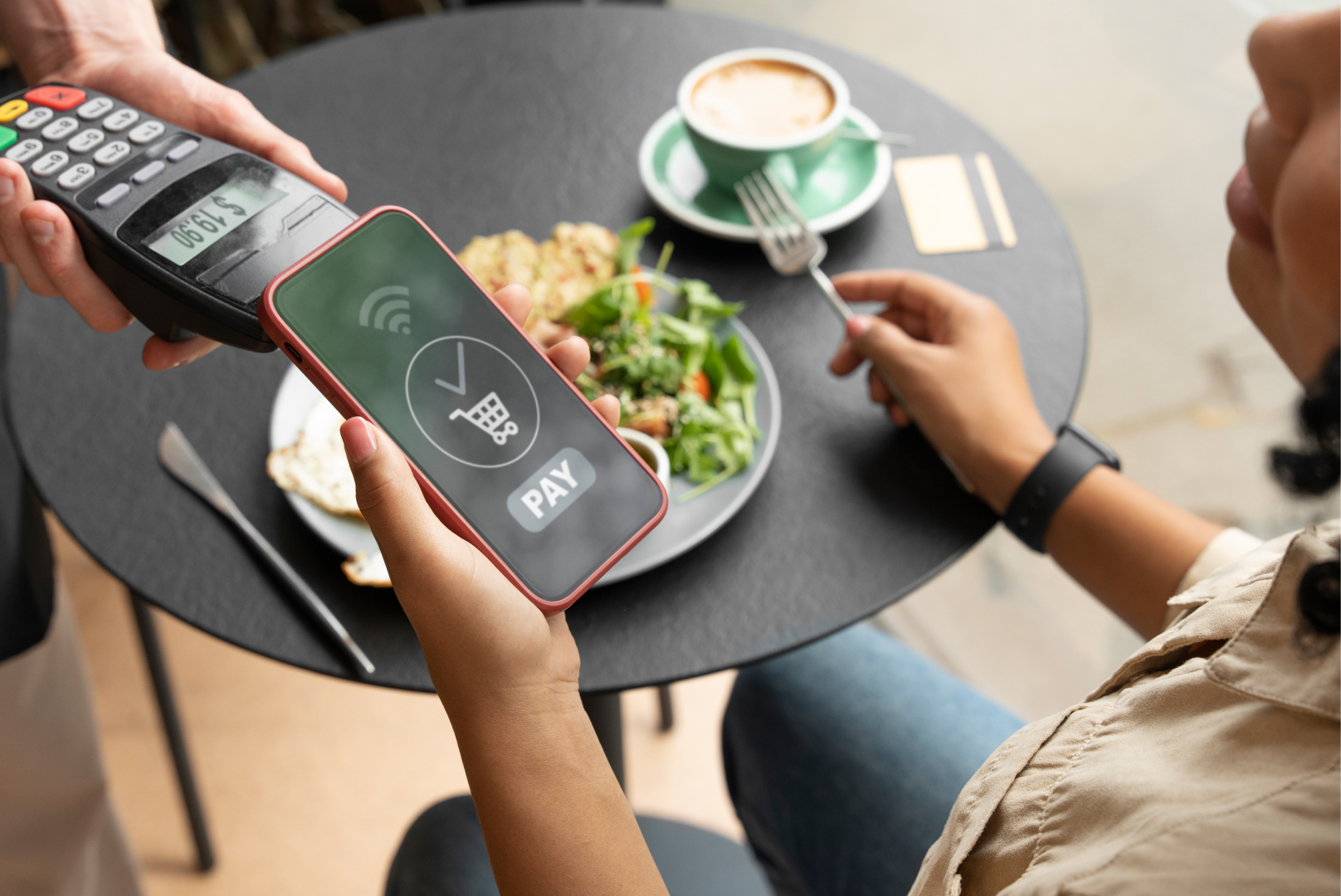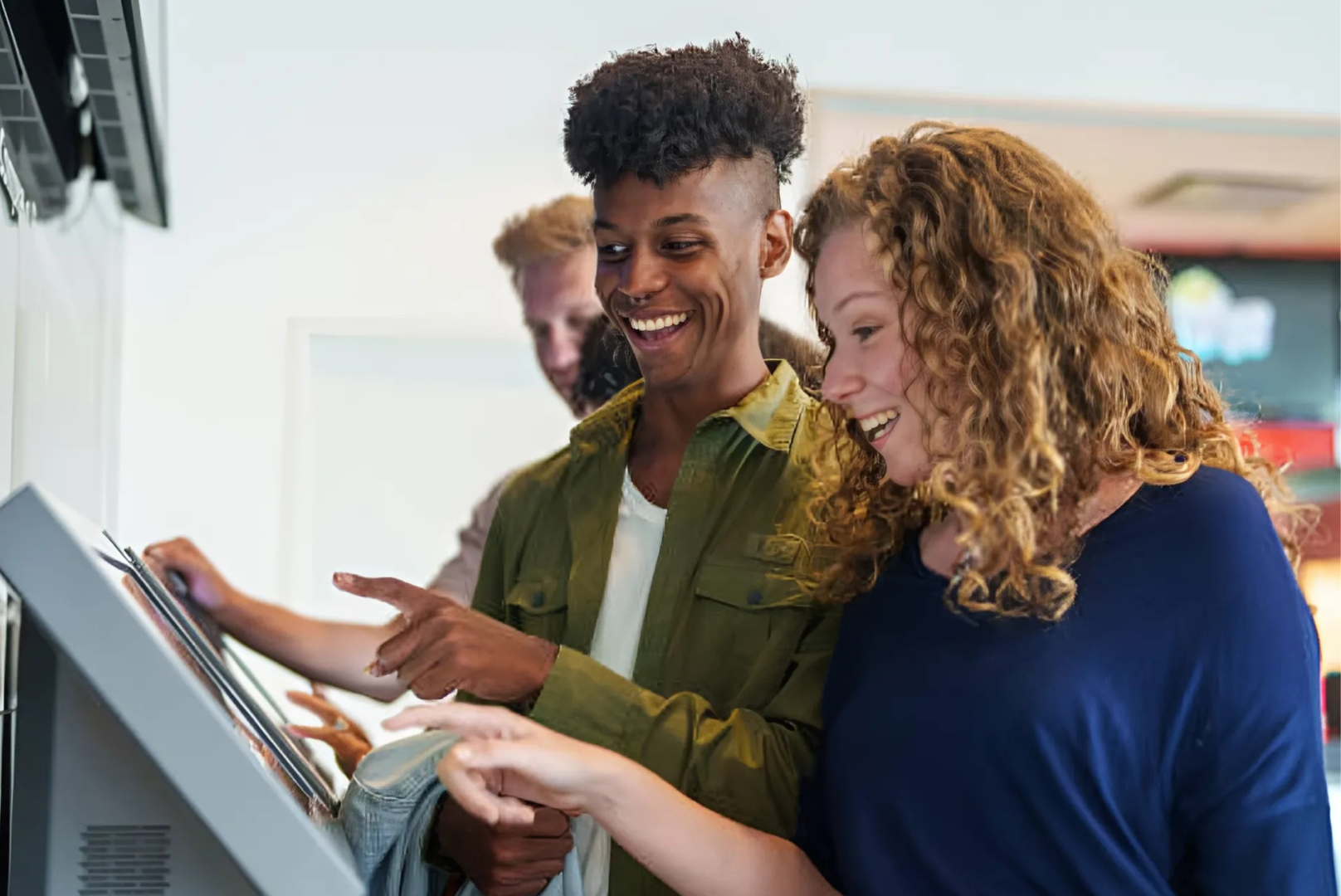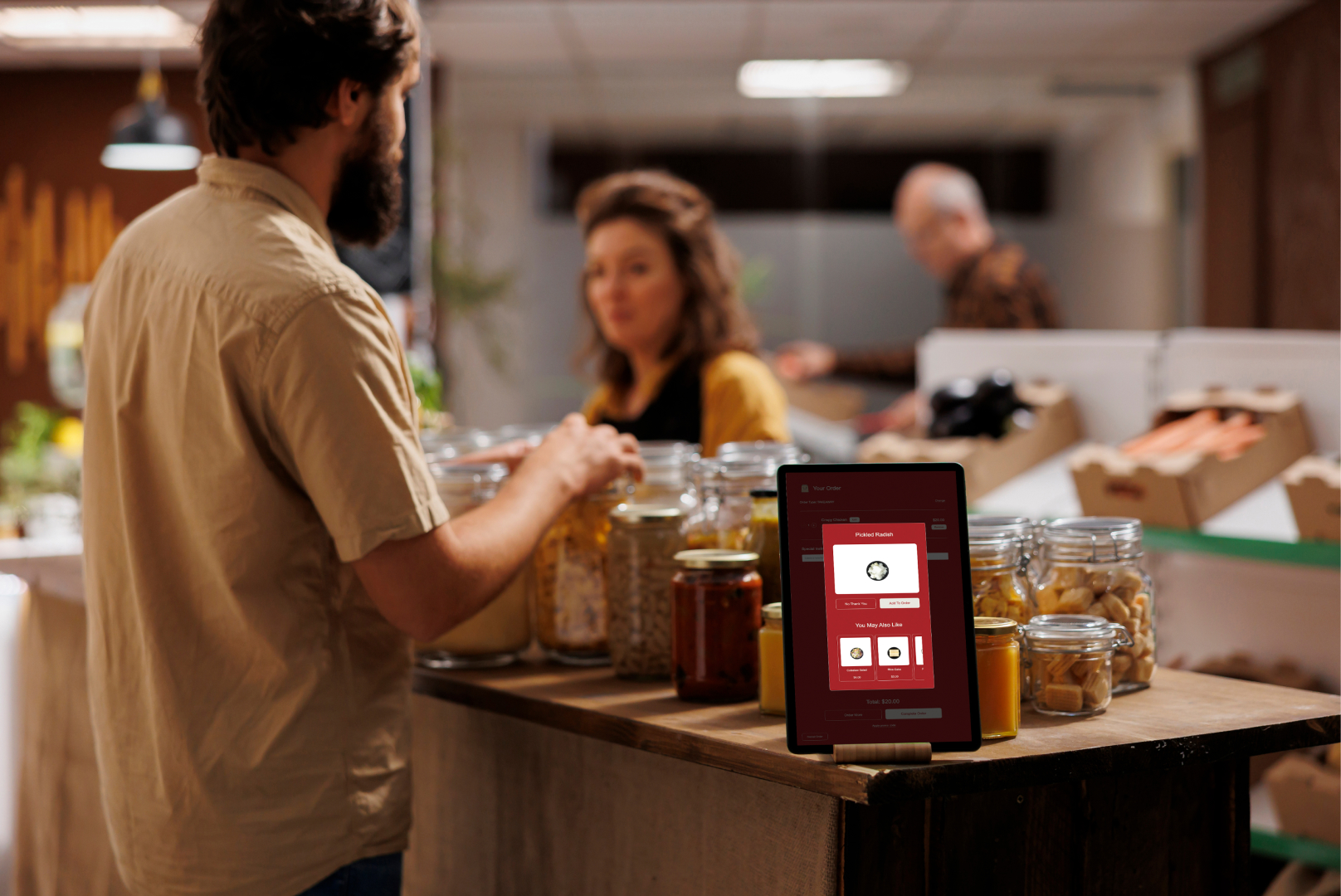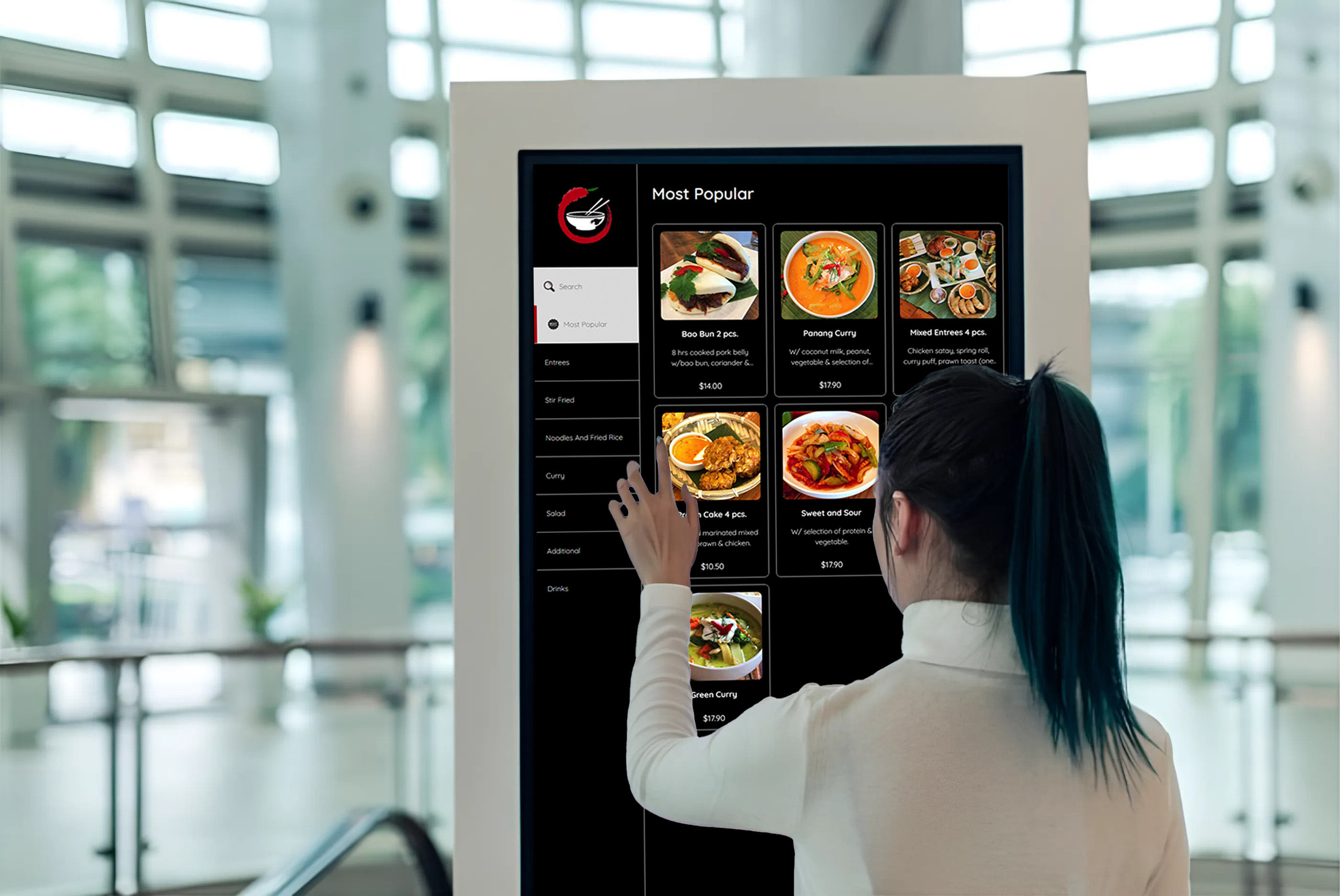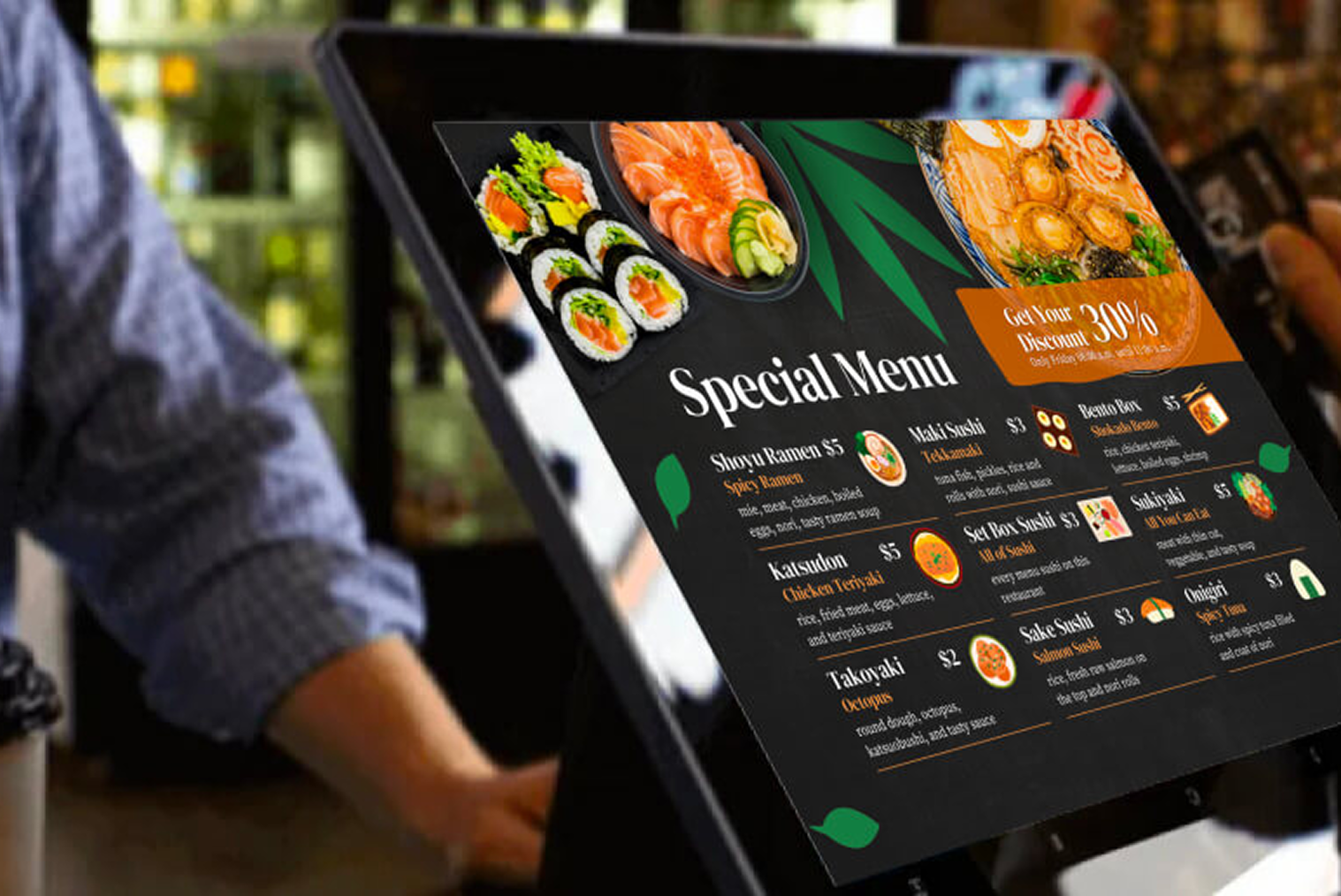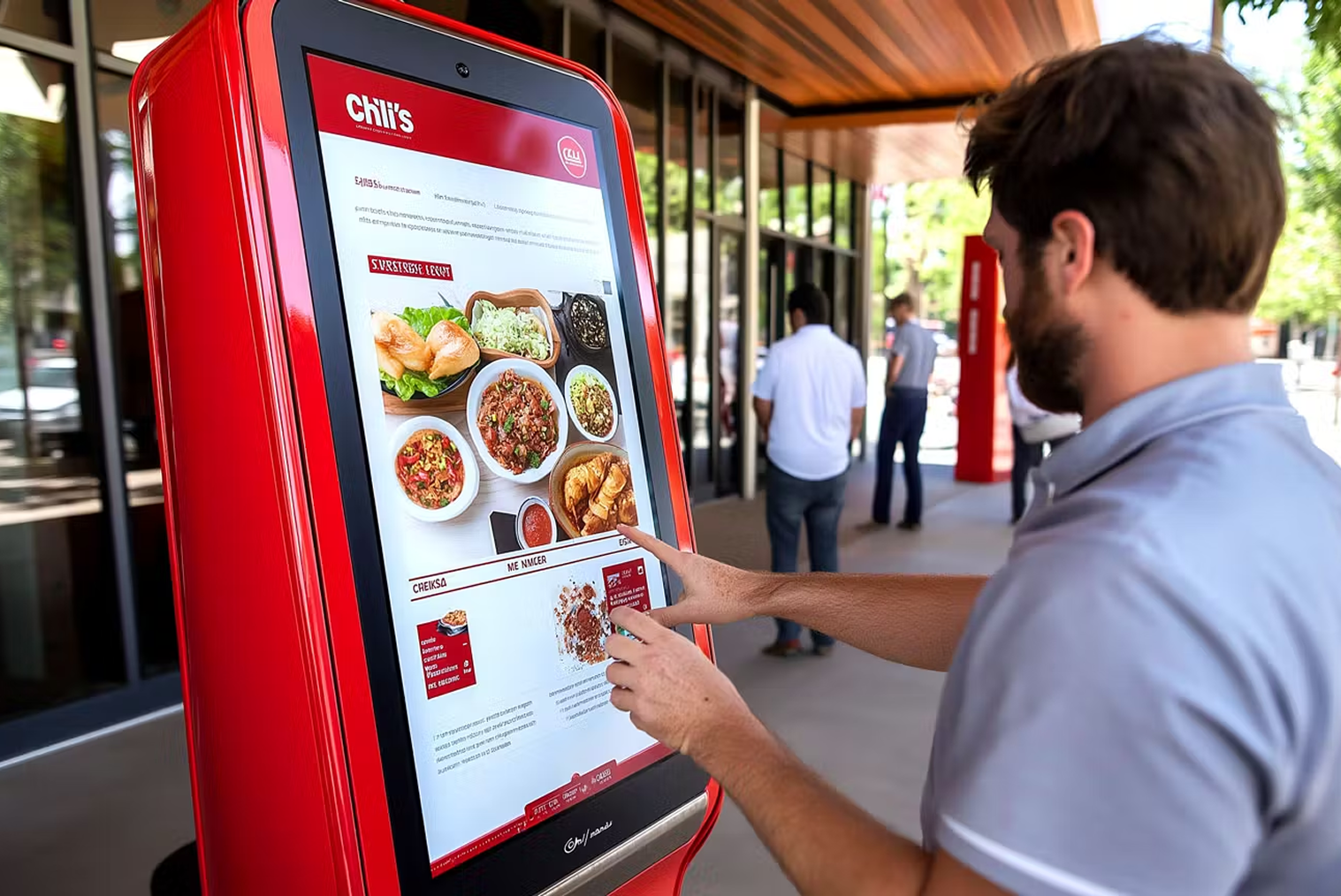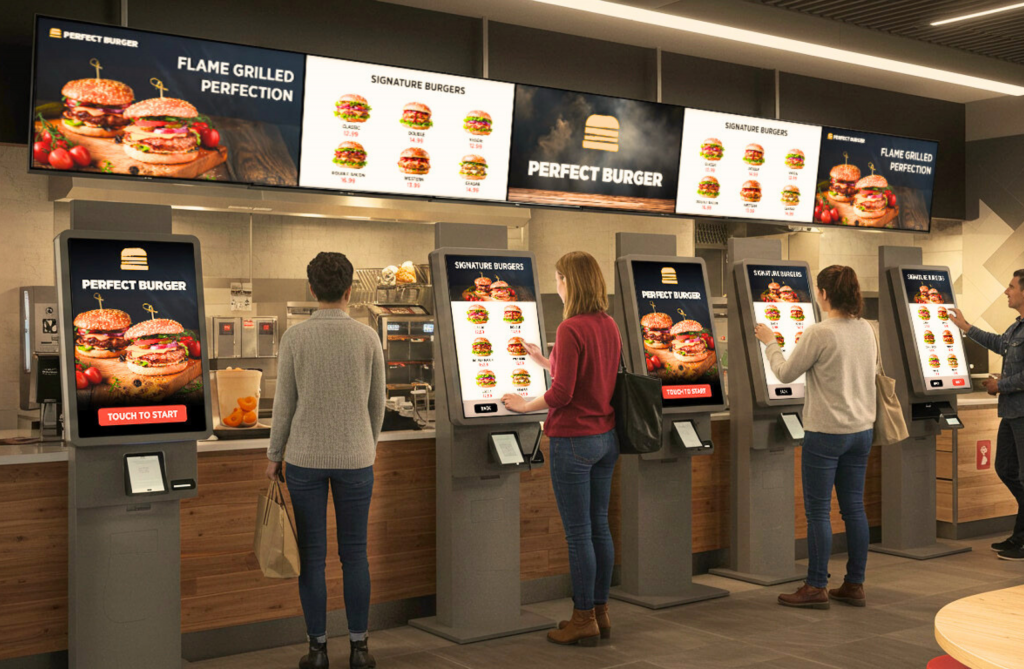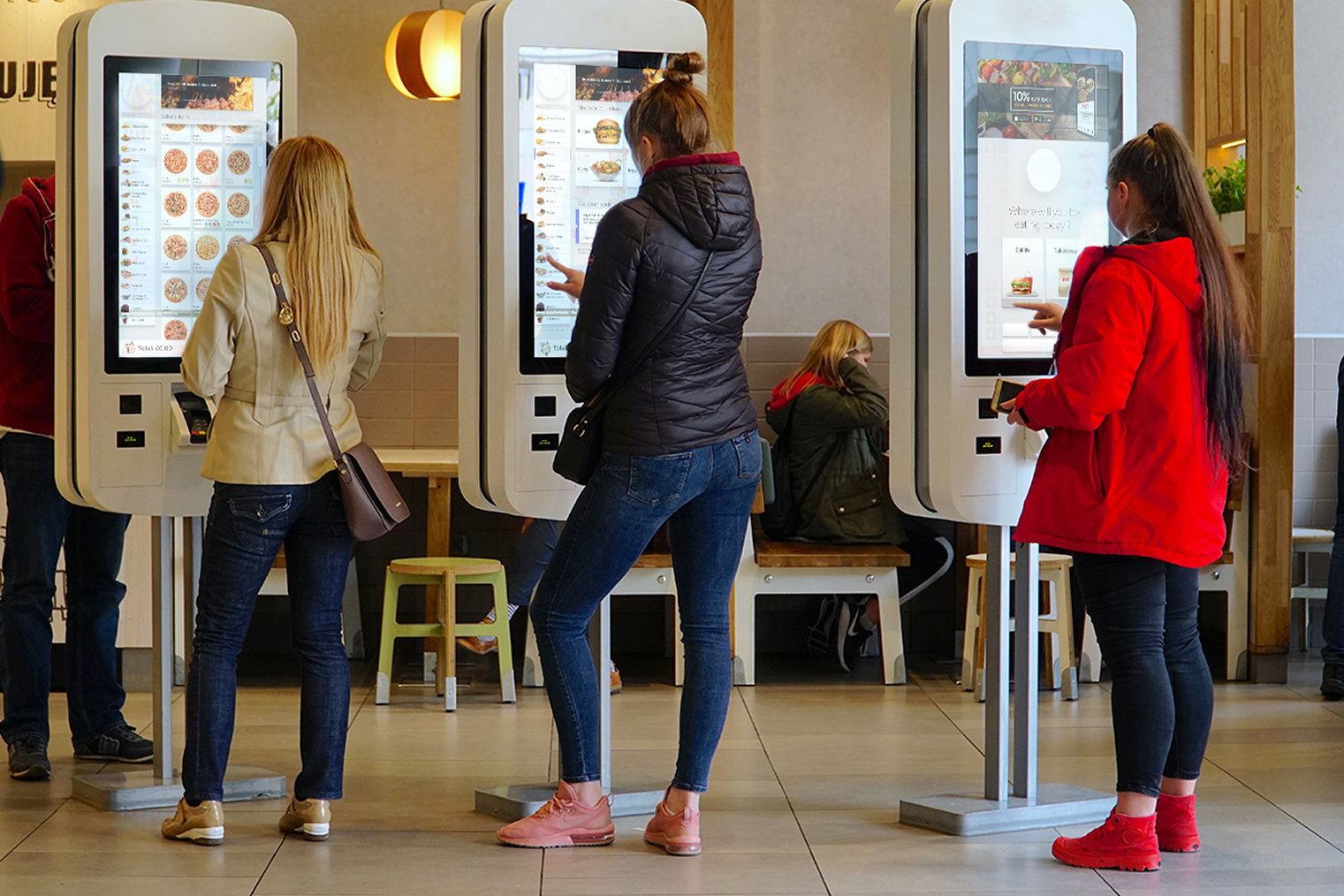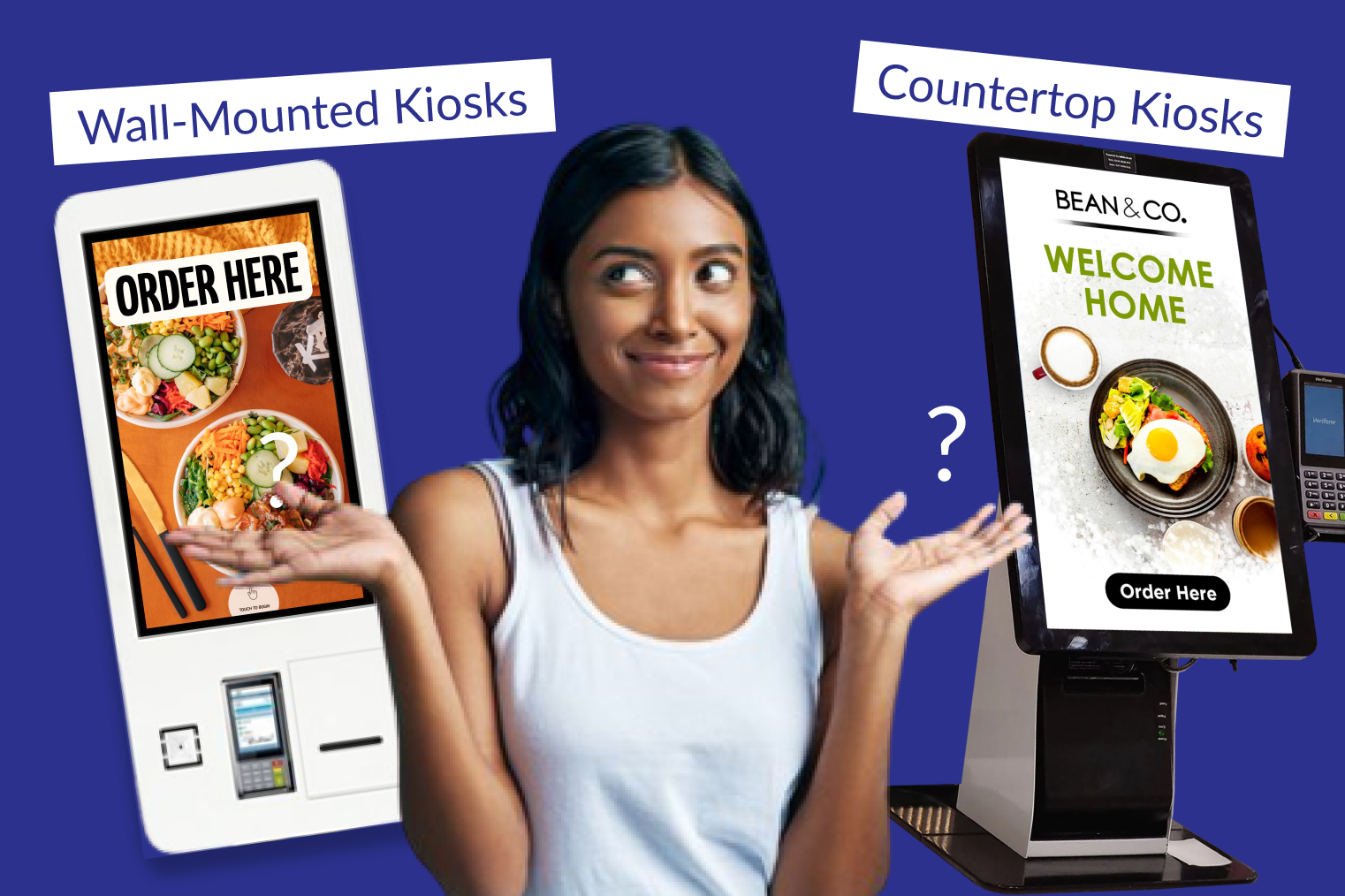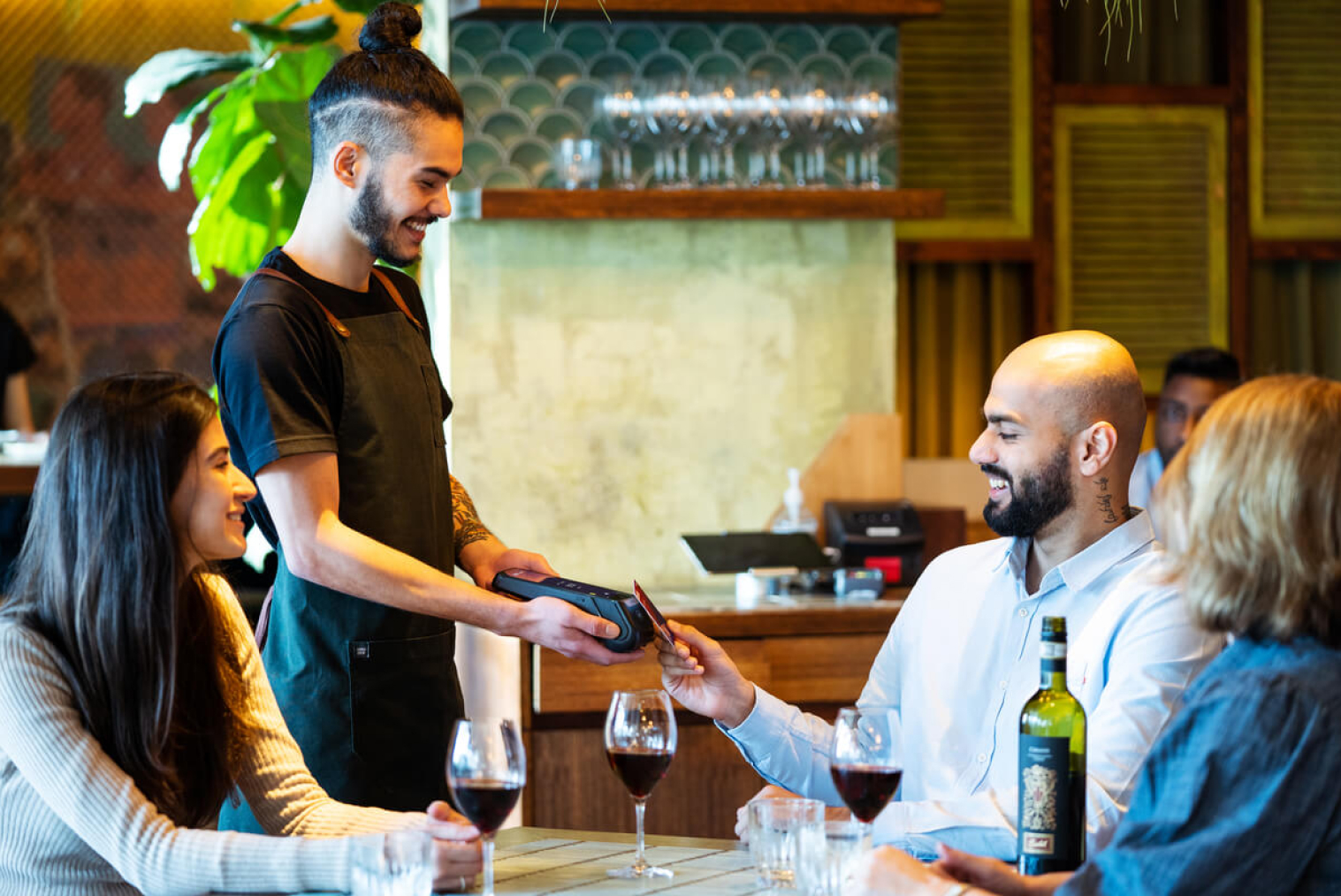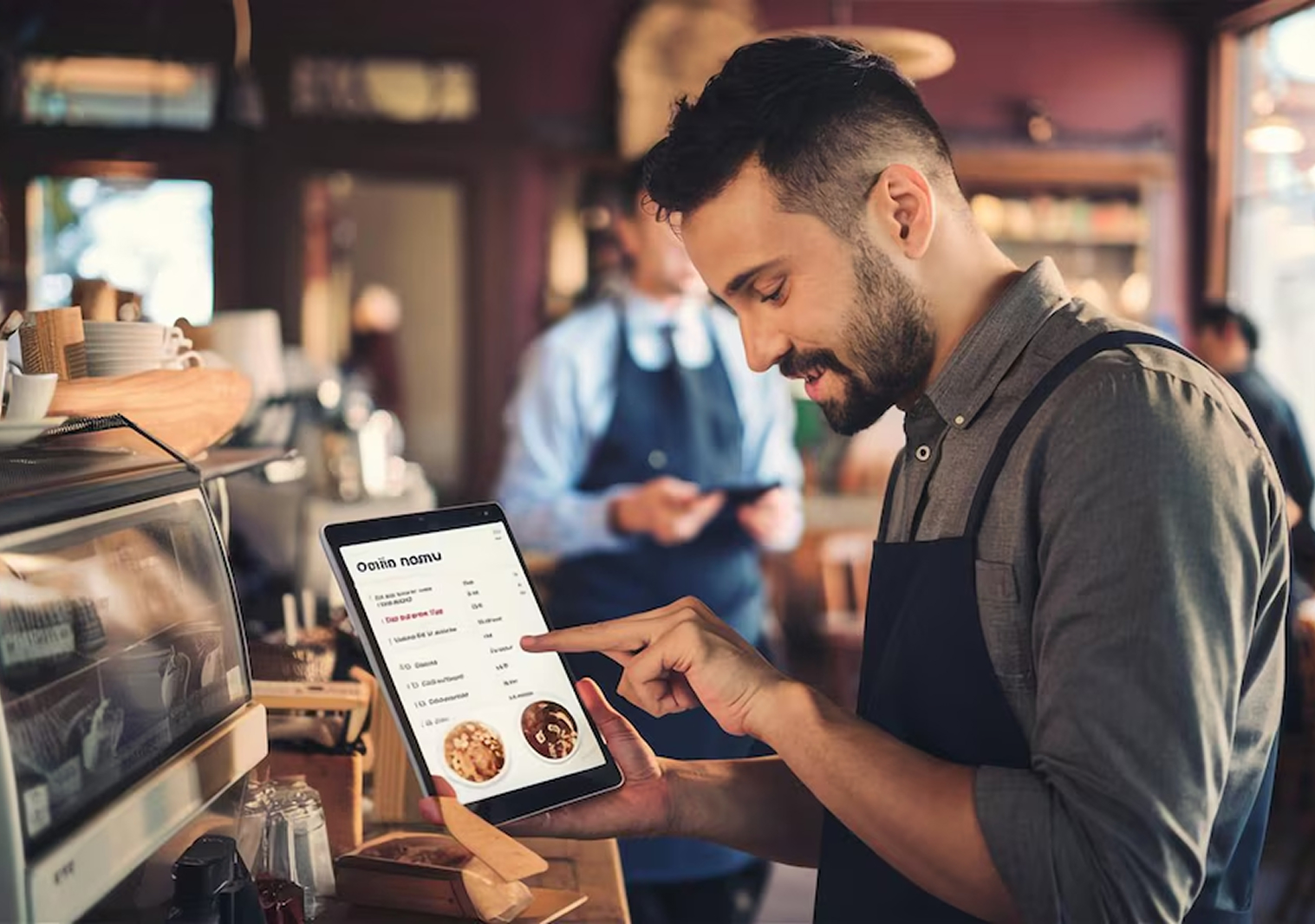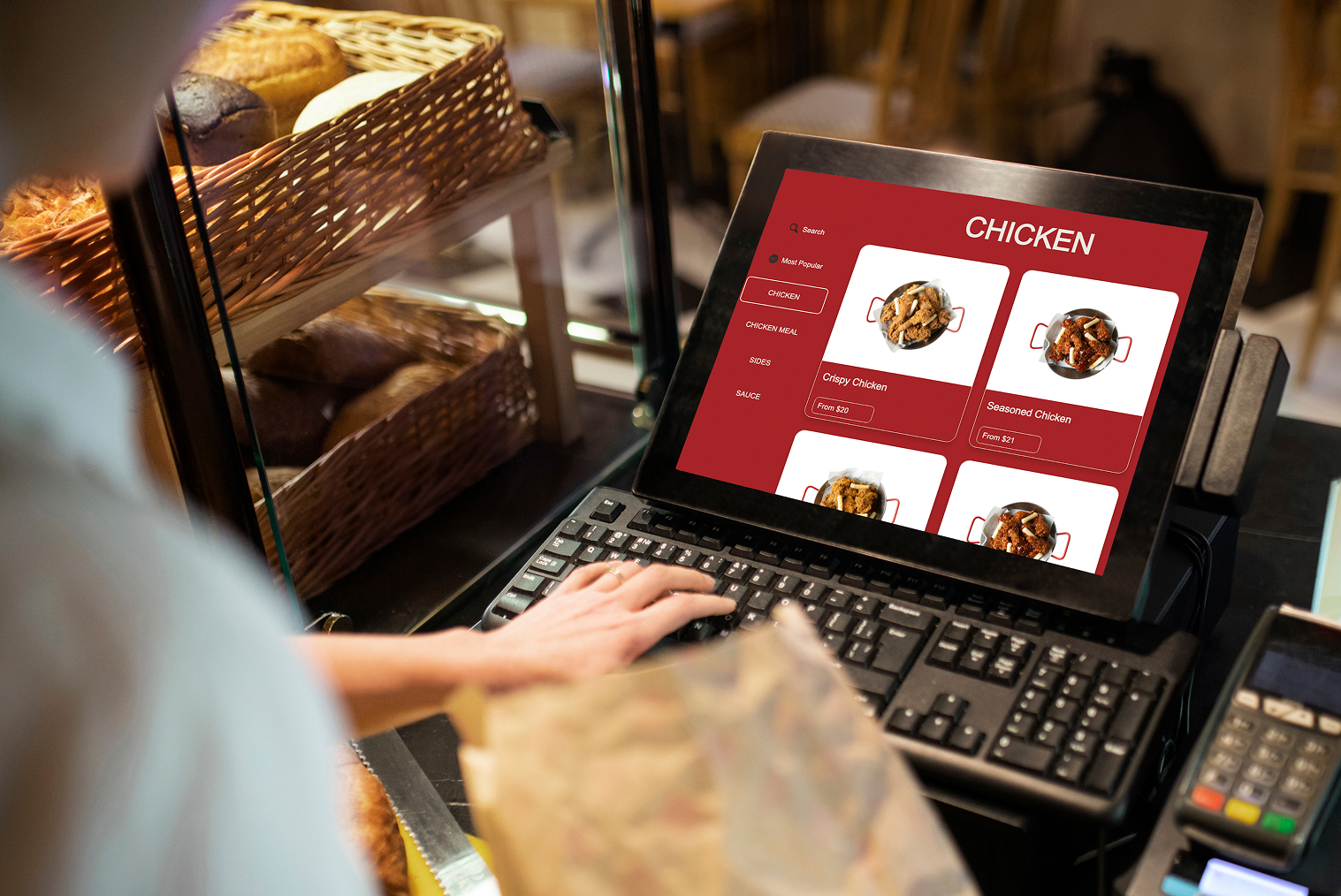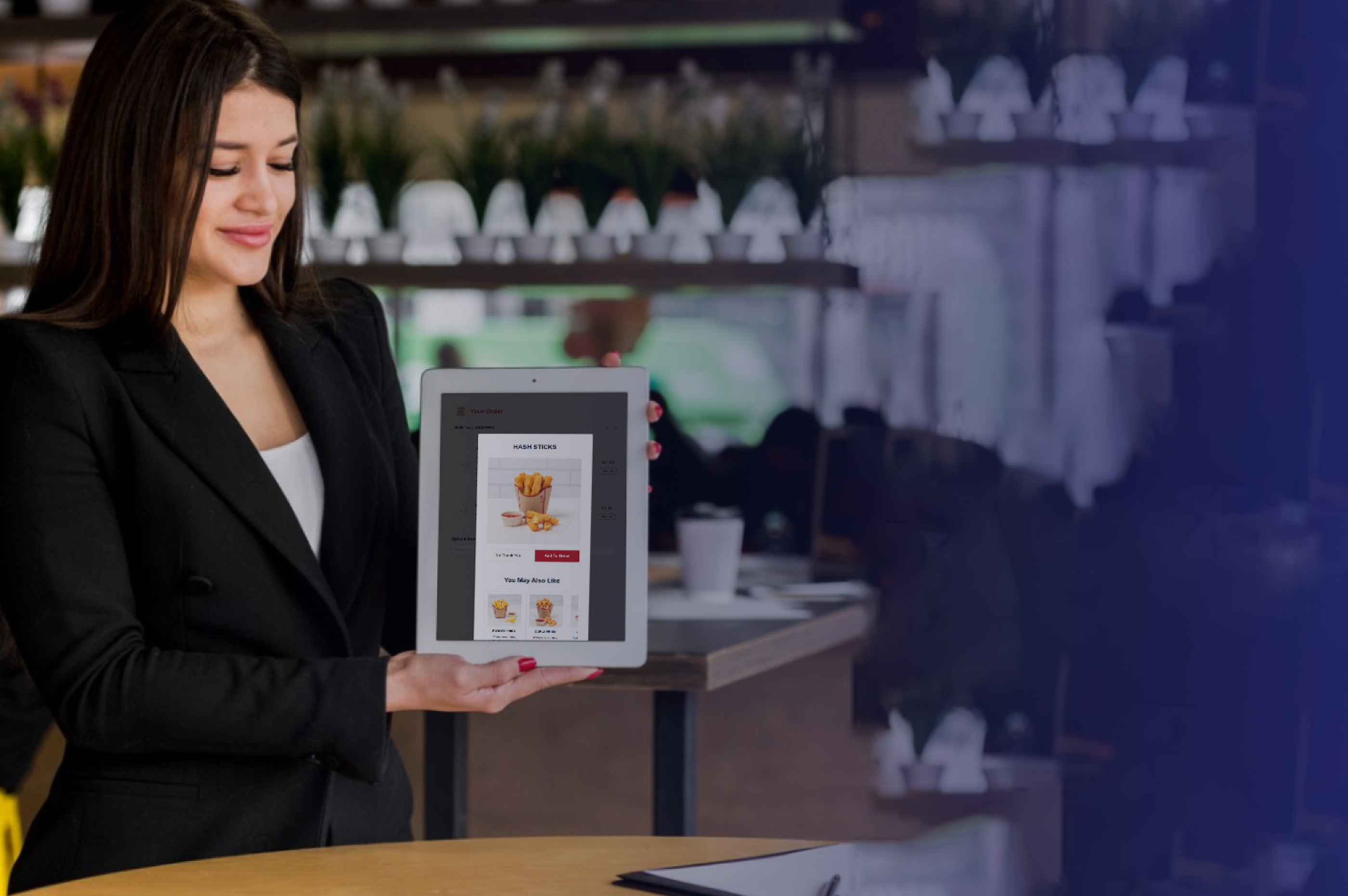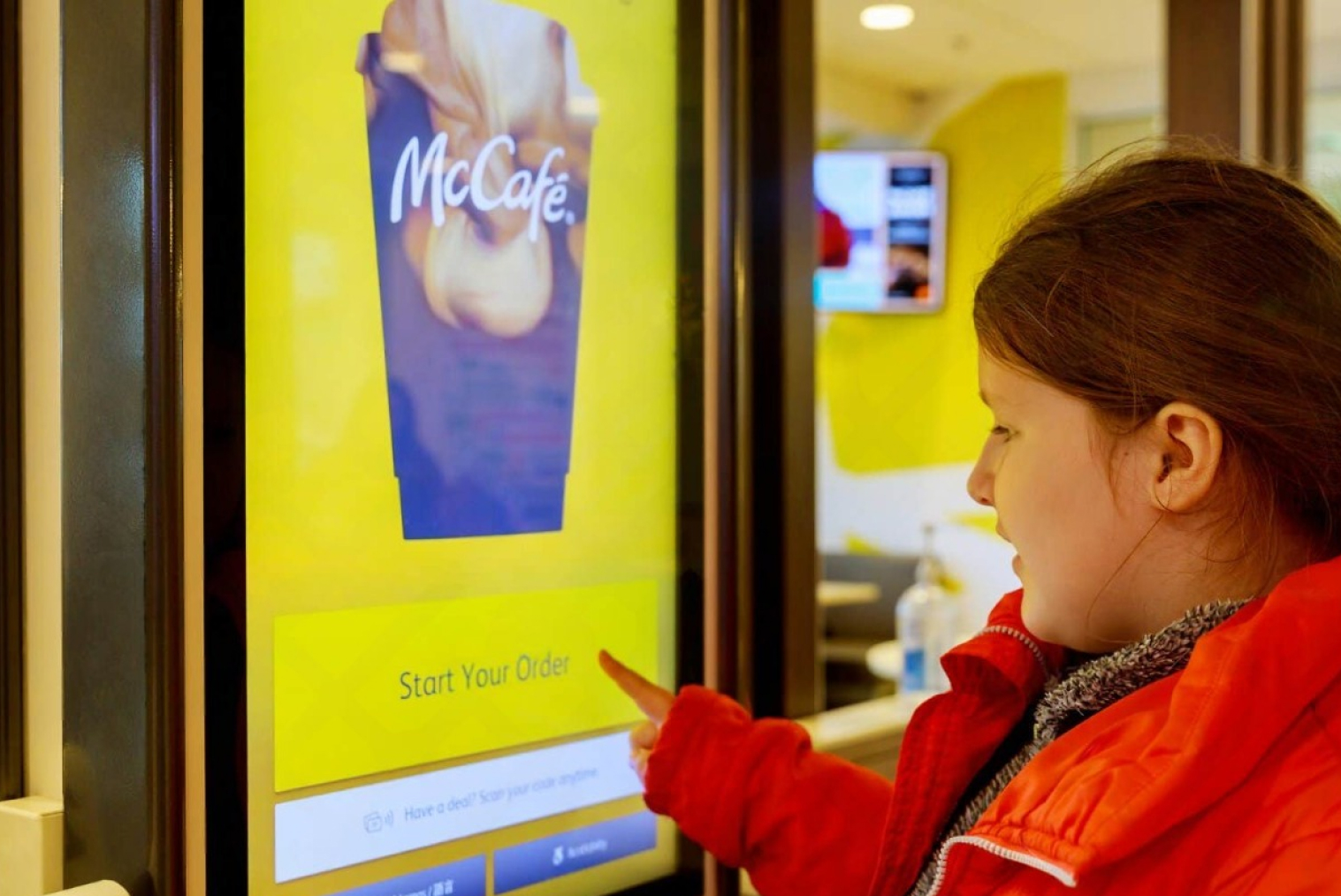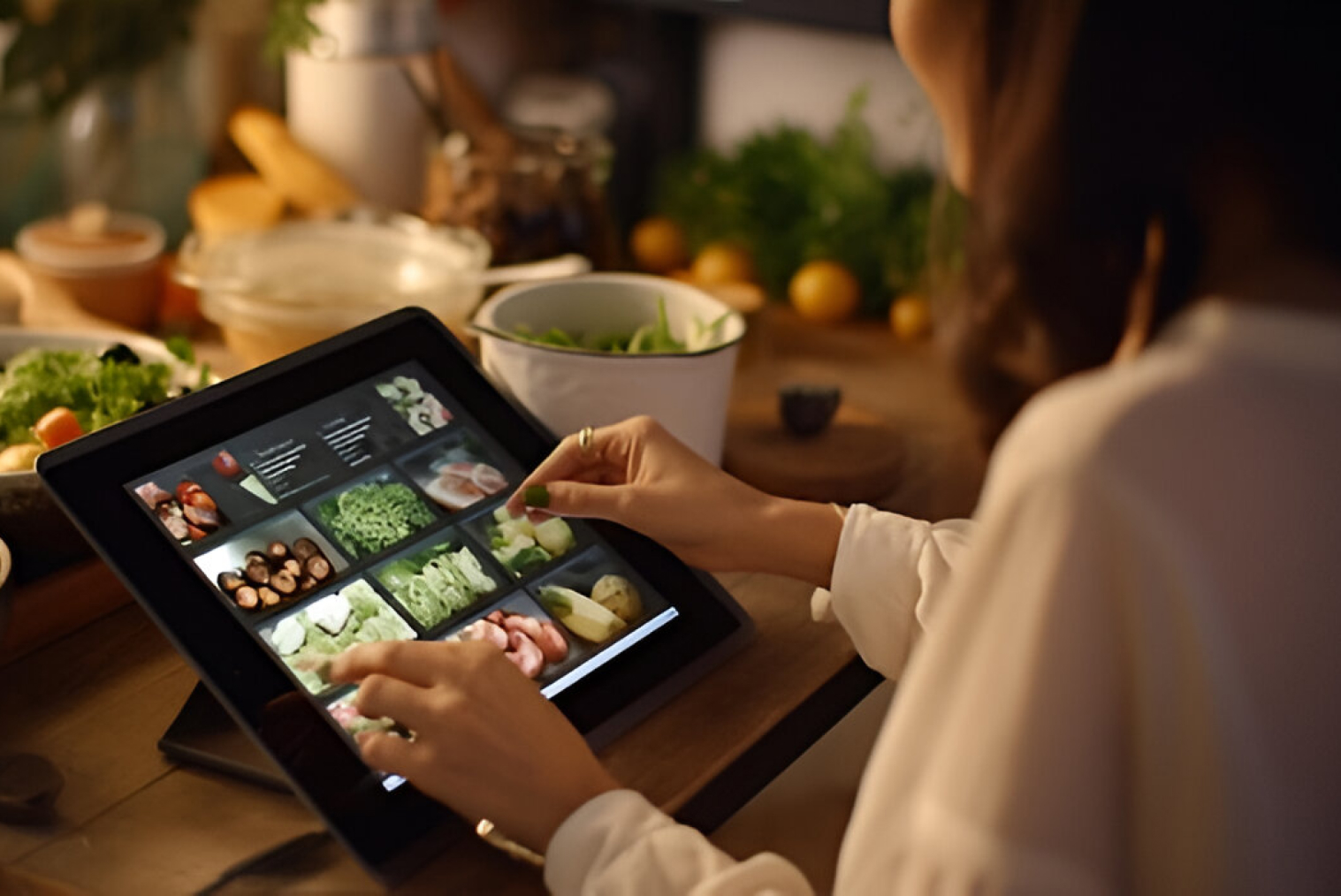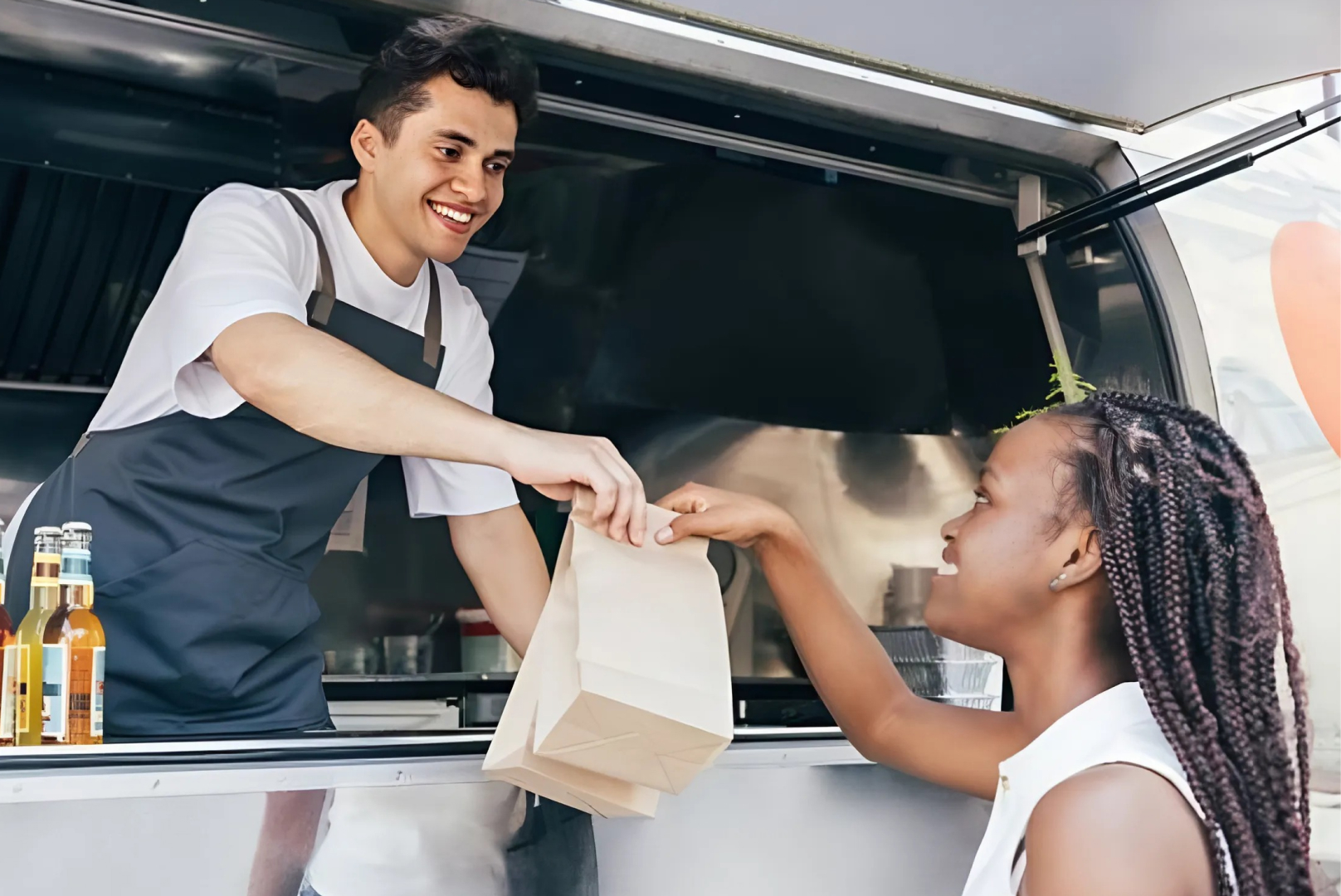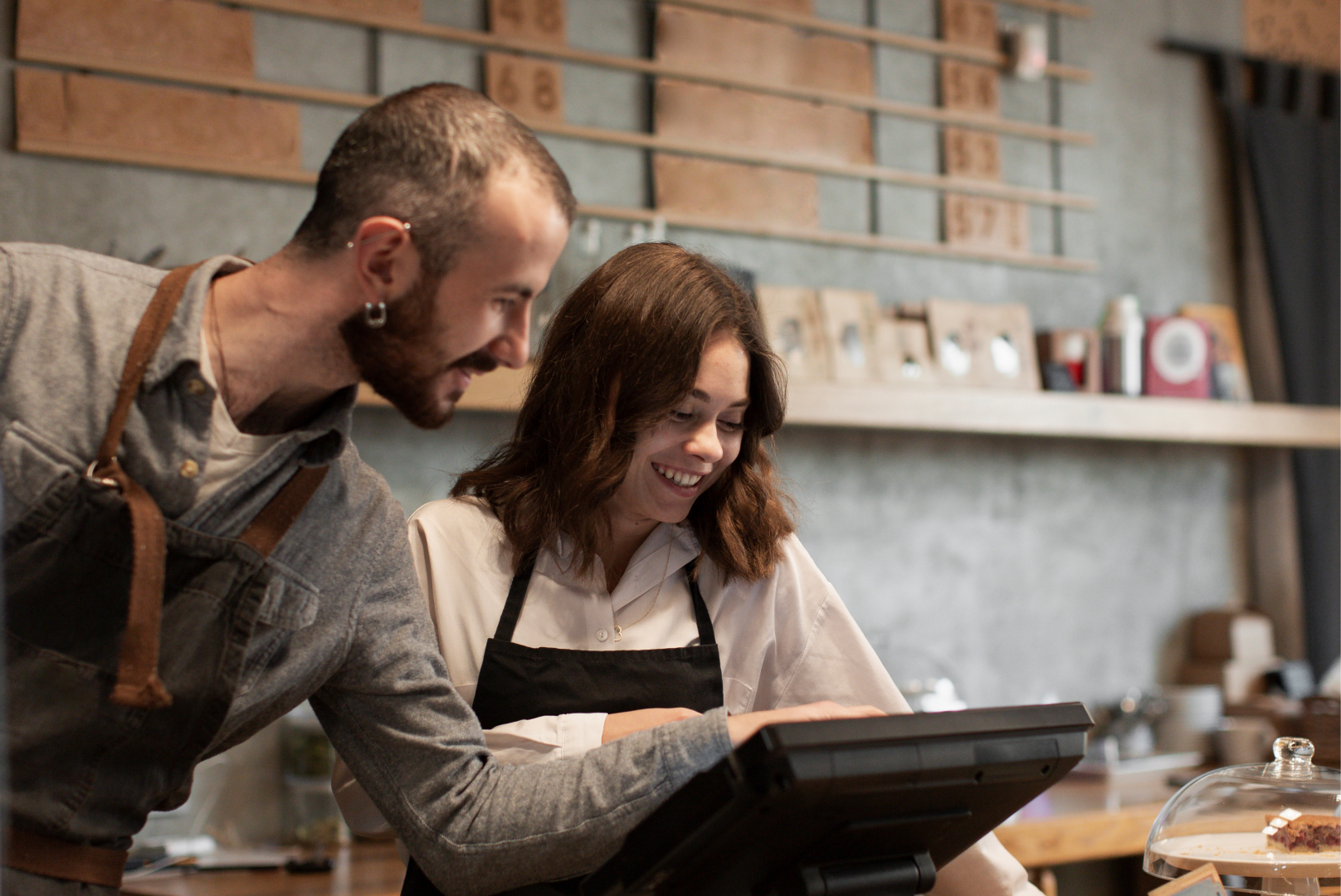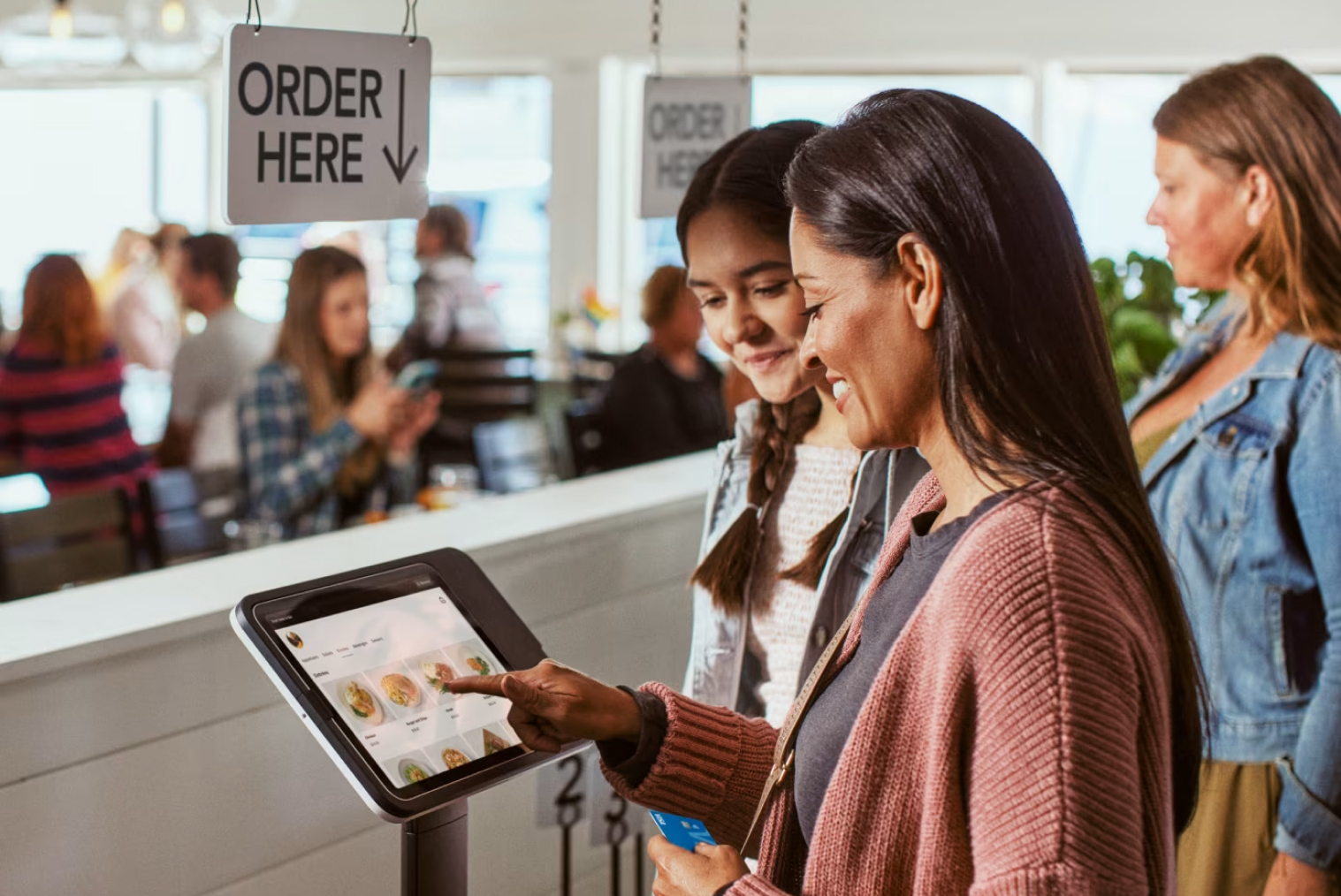Company News
How POS Integrations with Delivery Apps Boost Your Bottom Line
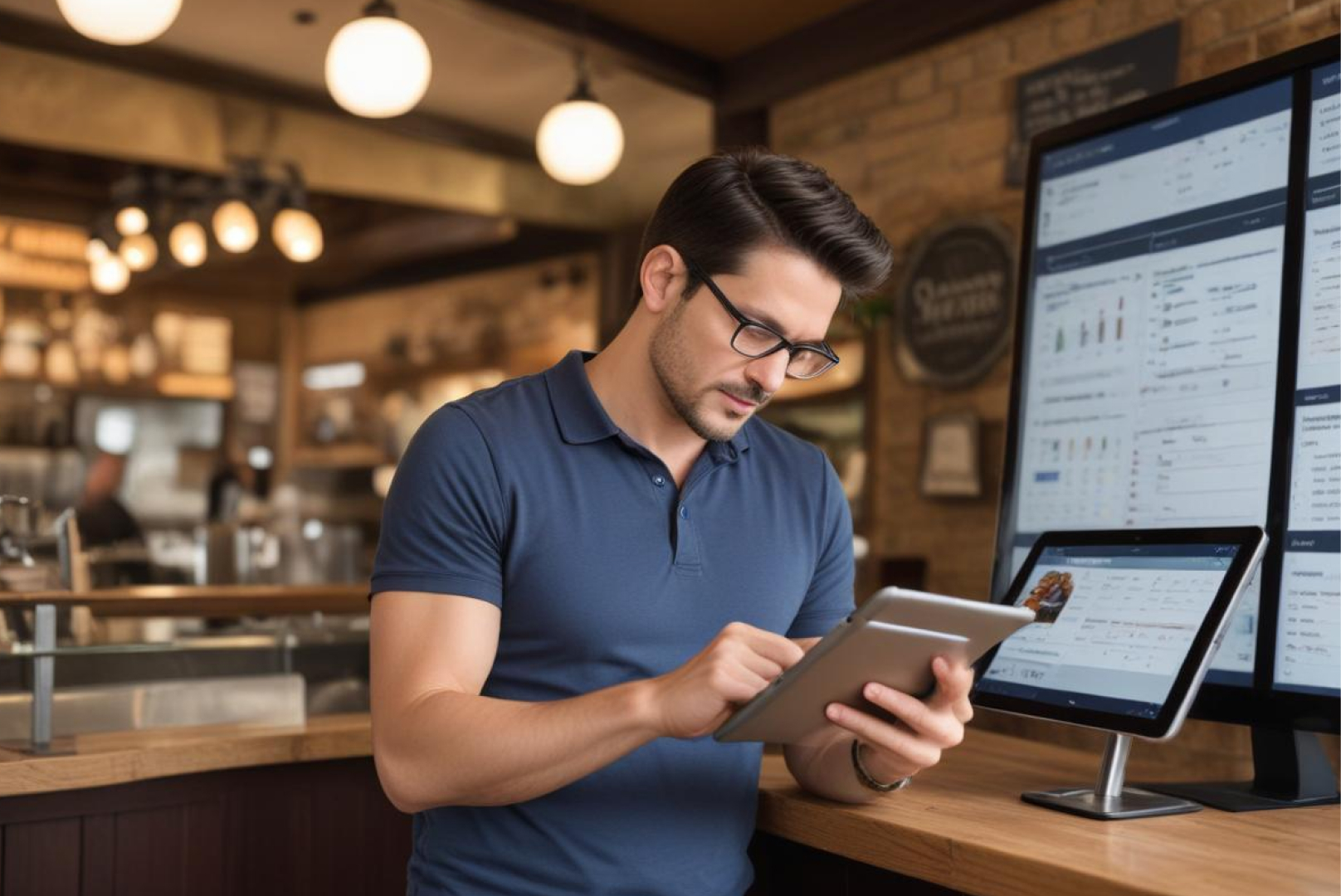
Summary
Online food ordering has become a big revenue stream for restaurants. But when orders from Uber Eats, Delivereasy ,DoorDash , and YUMMi arrive through independent devices and systems, it can get confusing, slow down your operation, and lead to errors. That's where POS delivery integration comes in. A contemporary POS system that directly interfaces with delivery apps enables restaurants to handle all orders—dine-in, takeaway, or online—under one roof. This article discusses how a delivery app-integrated POS can simplify online orders and boost your profit margins substantially.
Why Delivery App Integration Is Crucial
Your customers are already on delivery apps—particularly at late nights, weekends, or rainy days. But here's the catch:
Without integration, your team must switch between POS screens and several app tablets, resulting in:
-Manual entry errors (incorrect items, amounts, or modifications)
-Slower order processing
-Double handling of the same order
-Poor kitchen-to-front-of-house communication
In a hectic restaurant, this adds pressure and impacts service quality.
What Is POS Delivery Integration?
POS delivery integration is when your restaurant's POS system is integrated with online food delivery platforms such as Uber Eats, Delivereasy, DoorDash, and YUMMi. Your orders from these platforms are automatically fed into your POS system without any manual intervention. You can control menus, pricing, order tracking, and inventory updates—all under one umbrella.
Advantages of POS with Uber Eats, DoorDash and others
1. Efficient Order Management
Every order—whether dine-in, kiosk, or delivery—comes in on one single POS dashboard. You no longer have to:
-Scan five tablets
-Re-enter customer orders
-Manually send them to the kitchen
Not only does this enhance kitchen speed, it also keeps your staff free for prep and service.
2. Accurate Orders, Less Error
Manual typing raises the risk of:
-Omitting add-ons (e.g., extra cheese or spice level)
-Sending the incorrect item
-Slowed-down deliveries due to kitchen miscommunication
With built-in POS, orders are transmitted as originally keyed by the customer to the kitchen system or KDS (kitchen display system), enhancing accuracy and efficiency.
3. Menu & Price Updates from Centralized Location
With a cloud POS such as Tabin, you can make a price or menu change once—and roll it out across all platforms instantly.
✨ Example: Want to bump the price of a combo or turn off an out-of-stock item? It updates on your Uber Eats or Doordash listing in real-time—no need to log into every app.
This prevents confusion, complaints, and inconsistency.
4. Real-Time Inventory Sync
Short on that important ingredient? With delivery integration, your POS can do the following automatically:
-Turn off that item on all delivery platforms
-Notify your staff
-Tune your stock levels between dine-in and delivery
This enhances customer satisfaction through avoiding orders that are cancelled because items are out of stock.
5. Quicker Service and Happier Staff
By eliminating the necessity for staff to monitor apps manually or input data, they can devote their time to:
-Speeding up food preparation
-Handling dine-in customers
-Streamlining kitchen operations
Less pressure = fewer errors and quicker delivery times.
6. Improved Reporting and Analysis
With all orders within one POS system, you can monitor:
-Delivery sales versus dine-in
-Top-performing apps (Uber Eats, Delivereasy, DoorDash, and YUMMi)
-Average value of delivery orders
-Top-performing items in online orders
-Delivery commissions versus profits
These are the insights that enable you to run smarter promotions, refine your delivery pricing strategy, and concentrate on what you do best.
7. Loyalty and Customer Retention (Advanced Feature)
Advanced POS systems can even identify repeat delivery customers using mobile numbers or accounts so you can:
-Automatically add loyalty points
-Provide repeat user exclusive offers
-Sync loyalty across kiosk, dine-in, and online
Don't Forget: The Hidden Costs of Poor Integration
Restaurant owners tend to forget the unseen costs of handling delivery apps in silos—additional staff to deal with tablets, greater likelihood of canceled or delayed orders, and inconsistent customer experiences. These inefficiencies erode your margins over time. Worse, they create frustration for customers and staff. A fragmented system may work short-term, but it limits scalability and growth in the long run. That's why investing in proper POS delivery integration isn’t just a tech upgrade—it’s a strategic business move.
How Tabin Makes Delivery Integration Easy
Tabin offers seamless POS delivery integration with:
-A unified POS dashboard for all order types
-One-click menu sync across platforms
-Auto-stock sync and real-time updates
-Easy analytics to track delivery performance
-Offline mode that holds orders in queue and syncs when reconnected
Whether you have a fast food shop or an expanding restaurant chain, Tabin's integration saves your time, minimizes errors, and increases online sales.
FAQs
1. What is POS delivery integration?
It's when your POS system directly integrates with delivery platforms so you can see all orders on one screen—without the use of separate tablets.
2. Will I need to have a different menu for every delivery app?
No. You can build one menu and export it to all apps you're connected to from your POS.
3. Will customers still get notifications from the delivery apps?
Yes. Although the order goes through your POS, the customer is still getting notifications from the app as before.
4. Is it difficult to configure POS integration?
Not at all. Tabin does the integration setup for you and has support to get everything aligned and up and running.

